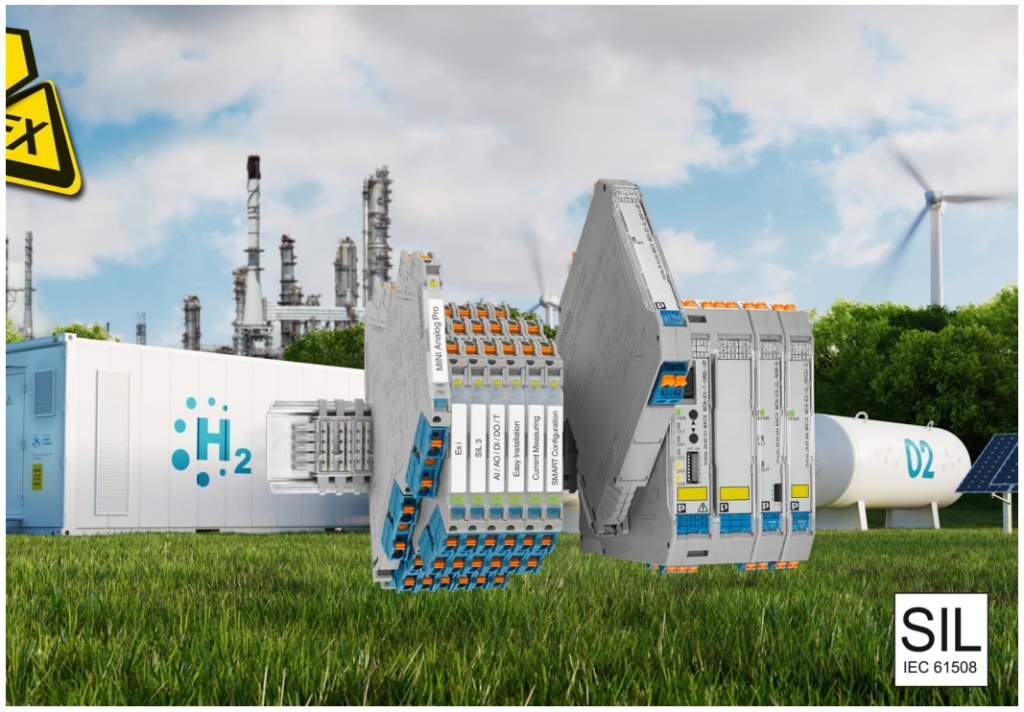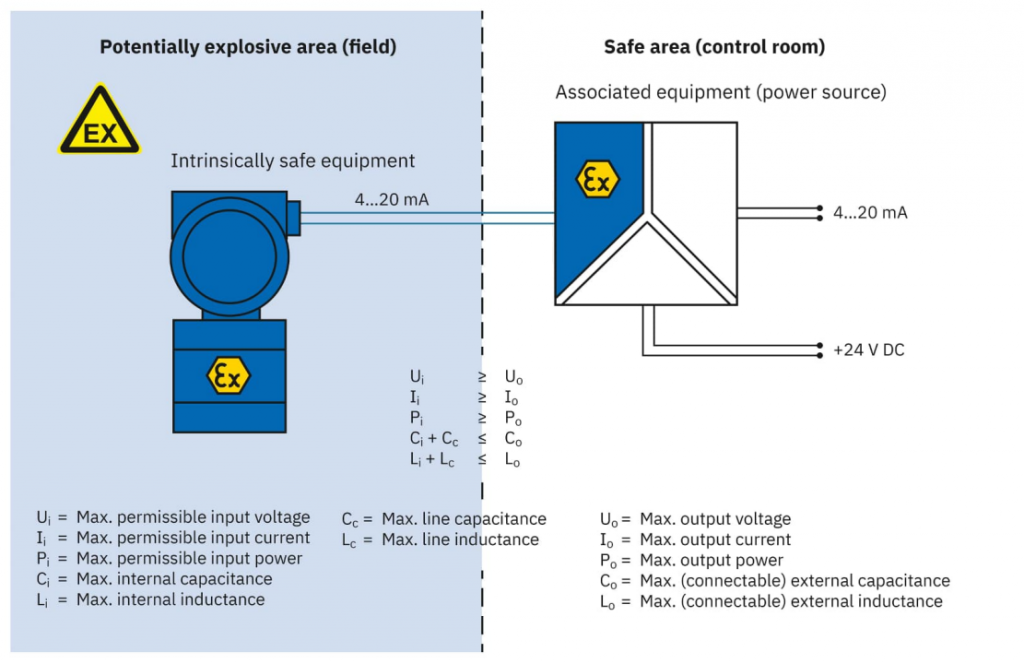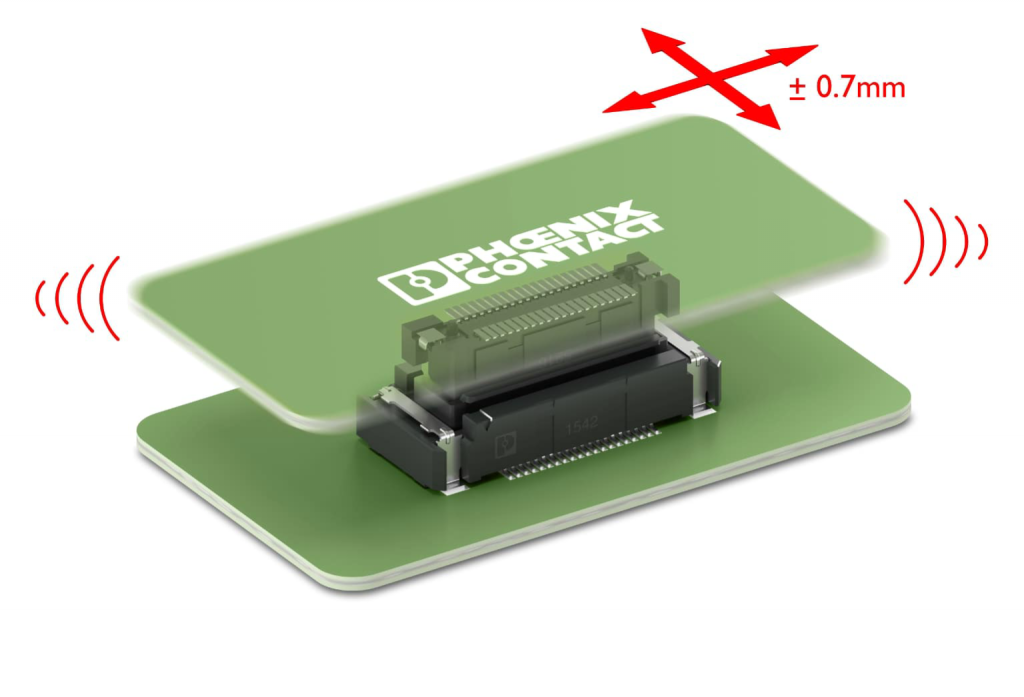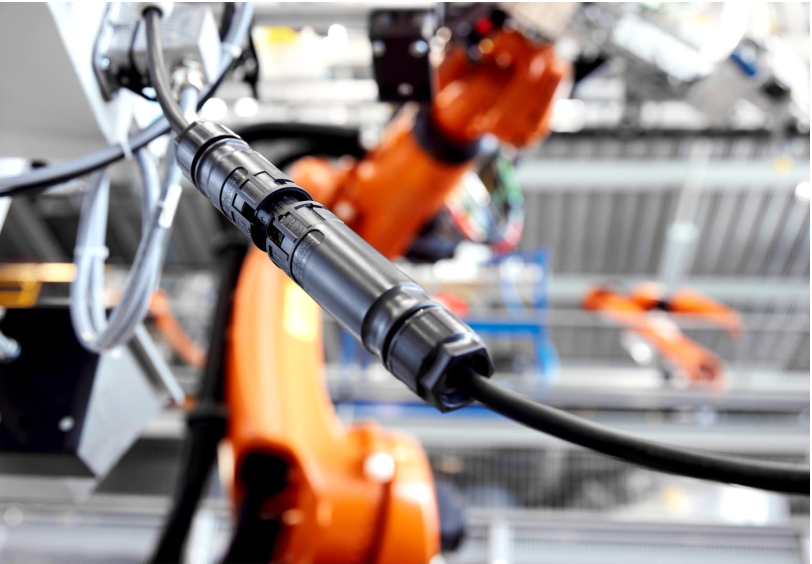With open automation into the electrified future
Audi uses PLCnext Technology from Phoenix Contact at its Ingolstadt facility in Germany for the body shop of the all-electric Audi Q6 e-tron series. This open ecosystem supports numerous IIoT functions and includes integrated cybersecurity compliant with the IEC 62443-4-2 standard.

Phoenix Contact supports sustainability through key technologies for electrification, networking, and automation. PLCnext Technology, an open ecosystem with numerous interfaces from sensor to cloud, facilitates continuous information flow in carbon-neutral production. It supports standard PLC programming (IEC 61131-3) and high-level languages (C/C++, C#, Matlab Simulink) running in real time on PLCnext Control controllers. This integration benefits both IT and OT specialists, aiding the automation of Audi’s production facilities.
Improving the greenhouse gas balance through optimized production processes
Audi aims for carbon-neutral production at all sites by 2025, a goal already achieved at Ingolstadt in early 2024. In the body shop, improving emission values through quality, availability, and adaptability is crucial. Production-related GHG emissions increase with no-load periods or rejected bodies, raising costs and impacting the GHG balance.
To prevent increased GHG emissions and costs, Audi implements shutdowns during no-load times and uses communication-capable energy meters. These include Phoenix Contact’s EEM-MA 370, to monitor consumption. Transparency in energy flows and early detection of malfunctions are crucial. Ultimately, identifying minor quality deviations early can significantly improve process flow. This in turn results in shorter cycle times and optimized energy balance for each car.






















